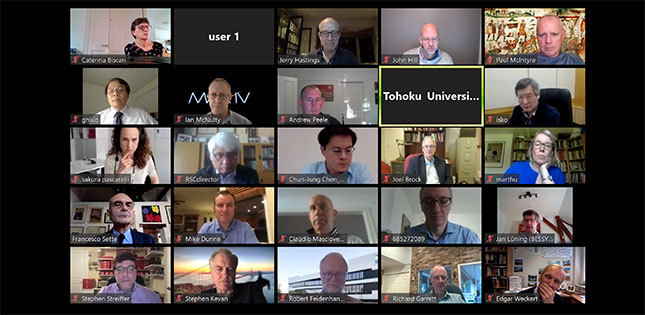Finding countermeasures against infectious diseases has become an increasingly urgent task around the world, and international multi-organisational collaboration is likely to be the key to finding solutions to the COVID-19 pandemic.
On April 24, Tohoku University's International Center for Synchrotron Radiation Innovation Smart (SRIS) organized and hosted the second SR Summit. Twenty of the world's leading x-ray synchrotron radiation and x-ray free electron laser facilities (SR20) got together to exchange ideas and develop a cooperative strategy to combat COVID-19.
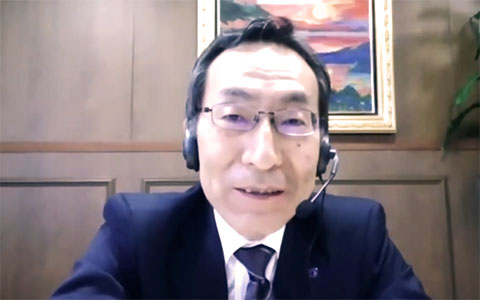
"To overcome this pandemic requires a collective effort from all over the world," said Tohoku University President Hideo Ohno in his opening remarks.
For its part, Tohoku University offered a list of ways - compiled after extensive feasibility studies with industry - that synchrotron radiation-related technologies could be used for COVID-19 suppression research.
It is hoped that the list would inspire proposals for collaborative projects.
In the discussions that followed, participants reported on their recent activities in COVID-19 research, with most facilities already working in collaboration, and committed to fast tracking proposals and applications.
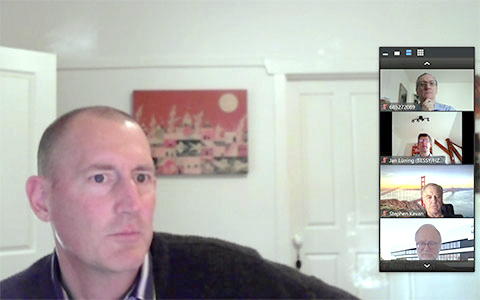
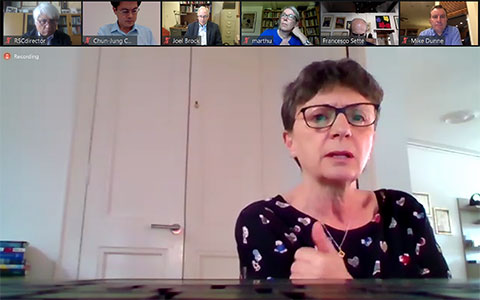
"We are looking at not only collaborating in terms of what our capabilities are, but also to share our best practices in terms of our operations," said Caterina Biscari, director of ALBA Synchrotron in Spain, and chair of the League of European Accelerator-based Photon Sources (LEAPS). "We are all working together. We don't have frontiers among us."
Several members, such as Andrew Peele, director of the Australian Synchrotron (ANSTO), also spoke of more diverse usage. "There's increasingly some additional work that is not just structural biology related. For instance, we are looking at virus detection strategies using infrared spectroscopy," he said.
The discussion then turned towards preparing for a future with even greater challenges.
"Over the next year or so, I'm sure international travel will be extremely curtailed, as will the degree to which we can work together and locally host users who would otherwise have travelled to each of our facilities," said Michael Dunne, director of the Linac Coherent Light Source. "Lessons on mail-in samples and remote operation, is something we are looking at extensively at LCLS."
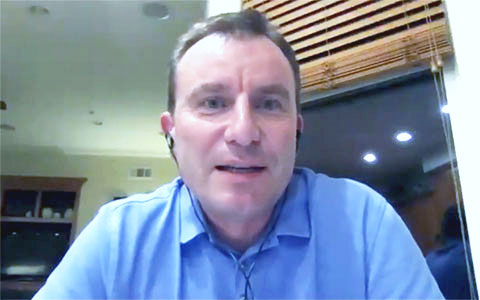
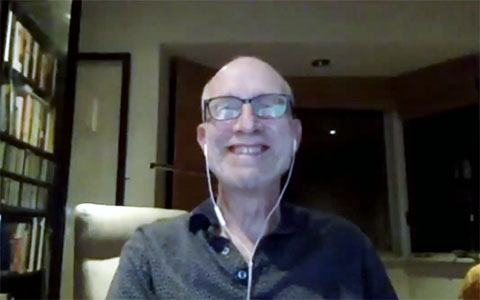
"The world has changed and we are going to see the need for remote and other means of access for not just research focused on COVID-19, but more generally," said Summit Chairman Jerome Hastings of the SLAC National Accelerator Laboratory, underscoring the point in his closing summary. "This requires a new look at the way we access these facilities and how we carry out our research."
The meeting ended with delegates agreeing to adopt the "AOBA communique 2" to overcome COVID-19.
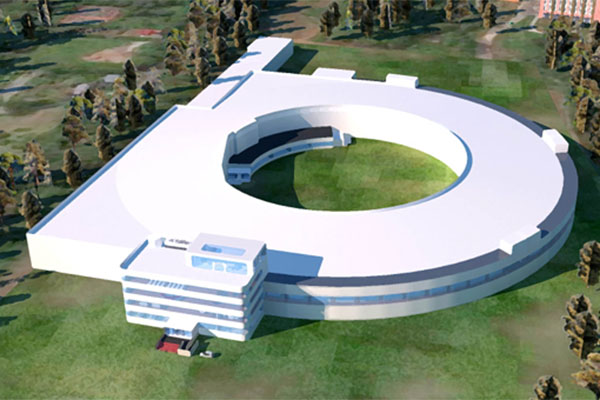 Tohoku University, with its strong research capabilities and reputation, will continue to play a coordinating role through SRIS.
Tohoku University, with its strong research capabilities and reputation, will continue to play a coordinating role through SRIS.
The university's Aobayama campus is the site of Japan's next-generation synchrotron radiation facility, which is currently being built. It is scheduled to be operational in 2023.
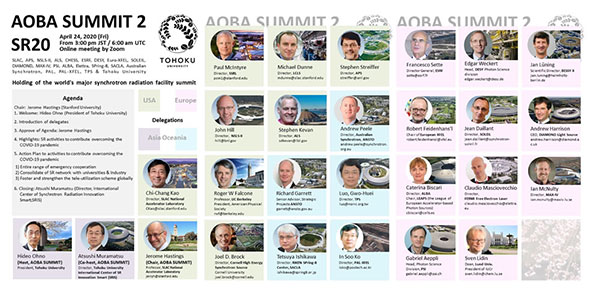
Contact:
International Center for Synchrotron Radiation Innovation Smart (SRIS)
Task Force for COVID-19
Email: next3gev grp.tohoku.ac.jp
grp.tohoku.ac.jp

